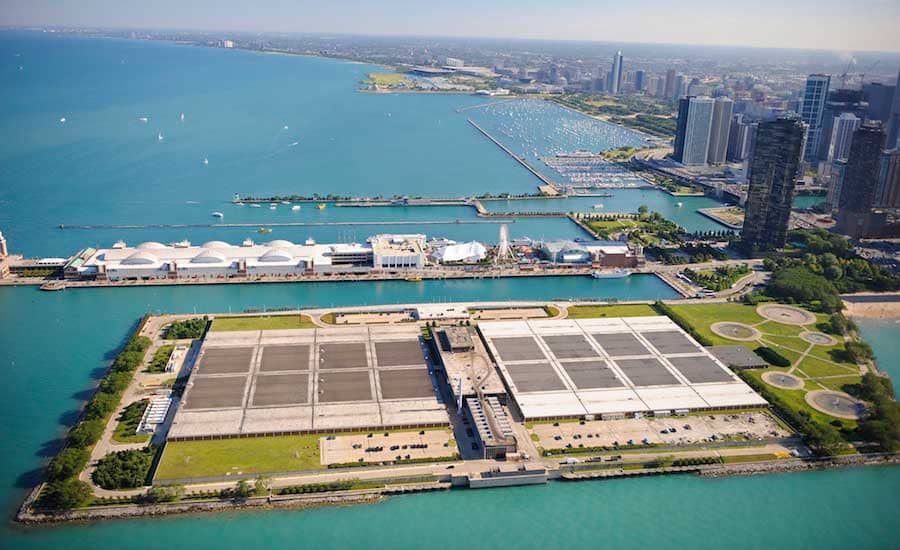We recently talked about what happens when you flush your toilet. It only made sense that we also talk about what happens that enables water to turn up when you open your tap. This latest video from Concerning Reality will explain the processes that take place before water is made available to your taps. You can thank the water treatment plants for the unlimited drinking water supply.
The local water treatment plants usually rely on natural resources for procuring water, however; that is not always the case. The resources include river, dam, and well. The water that is obtained from these sources is treated thus making it safe for humans to consume at a mass level.
The process is not simple and begins with coagulation and flocculation. This particular process is responsible for removing all of the natural particles that accompany water from the actual water source.

Coagulants, when added to the water, can make the debris stick together. An example of a typical coagulant is aluminum sulfites that possess a charge opposite to that of the suspended solids. As you all know, opposite charges attract; coagulant and suspended solids become attached to one another.
These coagulants are introduced in the water when it enters the treatment plant. The water is then passed through flocculation basins where slow mixing takes place. This mixing makes sure that thorough coagulation takes place. Once coagulation is completed, the water is pumped into a sedimentation basin.
Water is allowed to sit thus enabling the sediments to settle down to the bottom of the holding takes. The sediments that have settled down are cleared away periodically. The water is then made to move over weirds thus allowing the cleanest water at the top to move into the next array of tanks for further processes. The next phase is that of filtration.
By the time water gets to this phase, it is already quite clean. However, filtration helps remove the bacteria as well. Most of the water treatment plants make use of a sand filter. The sand filter is low-tech but is a very efficient way of carrying out water purification.
Once the water reaches the filtration phase, it is made to pass through differing coarseness of sand. Particles keep on getting trapped as the coarseness of the sand filter decreases. In the end, the water is made to pass through an active carbon filter. Once the filtration is over, the water is disinfected. There are three approaches that can be employed; chlorination, ozone treatment, and ultraviolet treatment. These approaches can be used either individually or in combination.
Once all of these steps are completed, water is pumped out to be used by the population. Check out the video below to learn more about water treatment.


